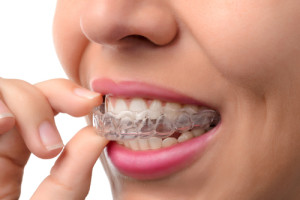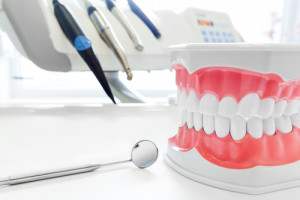This is a common question as putting braces falls under orthodontic dental practice. This is a specialist area therefore a parent wil l ask. Kids should begin active treatment by an orthodontist included getting braces at the age of 9-14. At this age, an orthodontist will easily detect subtle problems with emerging teeth and jaw growth.
l ask. Kids should begin active treatment by an orthodontist included getting braces at the age of 9-14. At this age, an orthodontist will easily detect subtle problems with emerging teeth and jaw growth.
Many orthodontists state that those kids can see one of them when permanent teeth begin coming. This is around the age of 7. At this age, issues like overcrowding or uneven bite will be apparent. When you start
this process early, it does not mean that a child will immediately get braces.
Orthodontists recommend correcting dental problems while a child is growing. When they stop growing, treatment might take a longer time and require extensive work.
Youngest age for child to get braces
There is not particular age when a child should visit orthodontics Treatment plan depends on individual needs. For instance kids who have cleft palates get orthodontic appliances even before first the first teeth erupt. Other kids might require orthodontics treatment from ages of 6 or 7 even when they have not lost all the baby teeth.
The aim of this early treatment is to prevent development of further problems. It increases better environment for permanent teeth to grow. Most of the kids who require orthodontics at this stage might not be fitted with braces but they will need that or other additional work later on to complete the process of tooth and jaw alignment.
Types of braces for children
When it is determined that a child will need braces, the next thing to know is the type. Most of the kids just require braces made of wires and some rubber bands. The wires help in moving the teeth while rubber bands help in correcting alignment. To make them appealing, the rubber bands come in fun colors. Although metal braces are still in use, white or clear ceramic braces are also used. These braces are less noticeable. Lingual braces go behind the scene.
In the last few years there have emerged clear removable braces made of plastic trays called aligners in place of wires and rubber bands. Aligners are now easy to find but ate good for those who do not have bite problems.
Some children might require to be fitted with other devices like headgear at night. A headgear uses wire shaped like a horseshoe that attaches to back teeth. It pushes the teeth back and allows more room for front teeth. At times a Fresno orthodontist may recommend a child to have one tooth or more extracted to create more room in the mouth.
Wearing period
The period to wear braces depends on problems that an orthodontist is fixing. The average period is 2 years. You take the child for examination every few weeks. If necessary, the specialist will make adjustments.
 ade series of aligners. These aligners are specifically for the person who needs them. Smooth, comfortable and invisible plastic is used to make the aligner trays that you eventually wear over the teeth. Wearing aligners shall gradually and gently shift the teeth into place based on exact movements that the dentist or orthodontist has planned out.
ade series of aligners. These aligners are specifically for the person who needs them. Smooth, comfortable and invisible plastic is used to make the aligner trays that you eventually wear over the teeth. Wearing aligners shall gradually and gently shift the teeth into place based on exact movements that the dentist or orthodontist has planned out. university. Orthodontics is specialized dentistry branch concentrating on development of teeth, jaws and face to reach best function and aesthetics. It is usually achieved using clear removable aligners or fixed braces.
university. Orthodontics is specialized dentistry branch concentrating on development of teeth, jaws and face to reach best function and aesthetics. It is usually achieved using clear removable aligners or fixed braces.